We all know that Pakistan is full of archeological and scenic treasures. From the heavenly beauty of the north to the exotic history in Sindh, Pakistan has it all.
With K2, Shangrila, Ansoo Lake, and other natural beauties in the north, and Mohonjedaro and Thatta in the south, there is something for everyone. However, there is one place that is not very well known to foreigners and Pakistanis alike, a place called Potohar in Punjab.
Yes, I know that there is a car called a Suzuki Potohar, but that is not where I am going with this!
Potohar has some amazing heritage value. The area in and around Potohar is dotted with beautiful architectural jewels, namely the Havelis of Potohar.
Havelis (the word translates to grand mansions) in Potohar easily date back a few centuries. These havelis in the region belonged to elite Muslims, Hindu’s and Sikh’s of the era.
Some of the many havelis in the area include:
- Atam Singh Gujral’s Haveli in Daultana
- Jeevan Singh’s Haveli again in Daultana
- Bakhshi Ram’s haveli in Kontrilla
- Ratan Singh’s haveli in Sagri
- And Khem Singh’s Haveli in Kallar Syedan
These are just some of the many. There are several more, including the Sikh and Hindu havelis of Narali and many others in the villages of Gulyana and Dora Badhal.
In the architecture of these havelis you will see a distinct characteristic associated with the region. For example, the havelis had a number of ‘jharoka’s’ or windows. And according to local tales, the more jharoka’s in a haveli the more affluent the owner was understood to be.
Khem Sing Bedi’s Haveli
One of the grandest havelis located in the area is that of Khem Singh Bedi.
Khem Singh Bedi’s haveli is located in Kallar Syedan and is an amazingly beautiful structure. It exudes calmness, still standing tall in the face of years of change.
The haveli was turned into a school for boys after 1947 and was still functional till about 10 years ago. The school since has moved to another location, but in the years that it was used as a school the staff and the children had taken reasonable care not to deface its heritage value.
In this magnificent haveli, one can still see paintings of Sikh Gurus and Hindu deities. This includes a painting of Baba Sri Chand who was the eldest son of Guru Nanak.
Most of the rooms in Khem Singh Bedi’s haveli are adorned with paintings. Paintings of sikh women bundled with jewelry looking in a mirror or holding an arrow. There is also a colorful painting depicting the golden temple in Amritsar. For those who don’t know, the golden temple is a holy site for Sikh’s.
Design and Architecture of Khem Singh’s Haveli
Khem Singh Bedi was a notable of his time and one of the leaders that began the Singh Sabha movement in the late 19th century.
The haveli he built is made of red brick and has 22 rooms and three basements. As mentioned, most of the rooms have beautiful frescos, paintings and carved woodwork.
The haveli has a focal yard with oriels and corridors that lead to galleries, wooden doors and amazing fireplaces. The roof can be accessed via a spiral staircase and gives a serene view of the whole town.
Khem Singh Bedi, the Man
Khem Singh Bedi himself however, cannot be considered a patriot. History tells us that Khem Singh was instrumental in helping the British in crushing the 1857 Indian rebellion in Gugera, a town close to Okara.
It was this loyalty that got him designated as a judge in 1877. Khem Singh was also, in the late 1800’s, assigned to the Viceroy’s Legislative Council.
However, if you look at the man’s contribution to history, the haveli he built has stood the test of time and still reminds us of the bygone era in which it was a glowing exponent of the region’s rich architecture and culture.
image credit: dawn.com

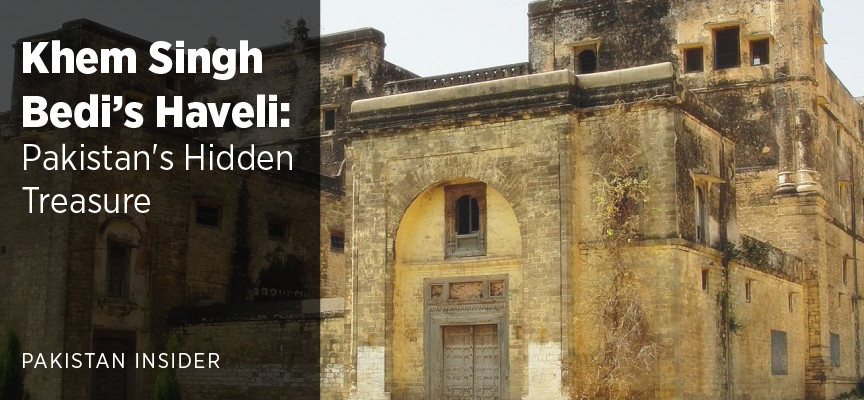
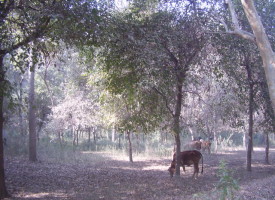

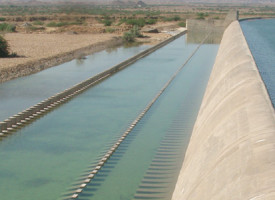
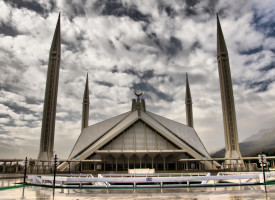
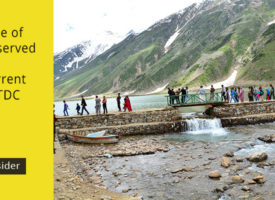
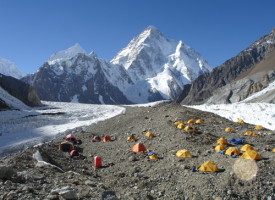
No comments!
There are no comments yet, but you can be first to comment this article.